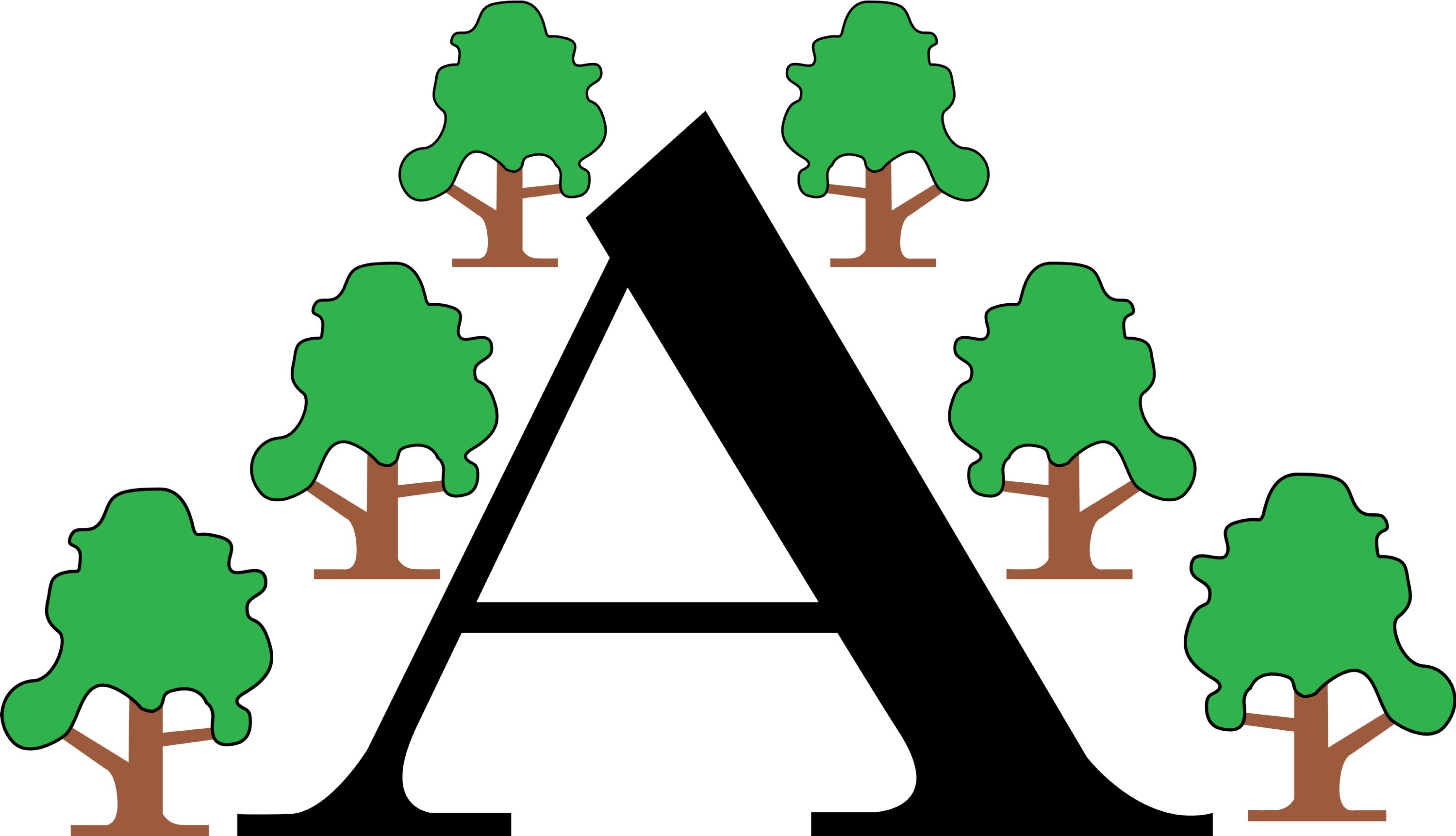- Home
- Parents & Carers
- Family Support, Pastoral Care and Well-being & Mental Health
- Peer Massage Approach
Peer Massage Approach
'The Story Massage Programme combines the benefits of positive touch with the fun and creativity of words – whether as story, rhyme or song. Ten simple massage strokes form the basis of the programme. These strokes have a name, such as The Circle or The Sprinkle, and an easy to recognise symbol making it fully accessible for all ages and abilities.’
Approach Statement
Peer Massage results in a sense of calm and relaxation, it is helpful for learning and relationships.
As a ‘peer-to-peer’ activity, it encourages co-operation and teamwork. It encourages trust between peers and allows children to recognise each other’s feelings and ‘personal space’.
Responsibility
The approach is the responsibility of the staff and SLT. It will be implemented by staff trained in Story Massage and co-ordinated by the Headteacher, Deputy Headteacher and SENCO.
Aims
- To promote the well-being of children through the use of the peer massage (Story Massage) technique, designed to relax and encourage team work between children, combined with the enjoyment of stories. See Story Massage website
- To promote respect of self and others, as children request permission before they begin, and say thank you to each other when they finish the routine.
- To give the children the chance to experience nurturing touch at school, in a safe and creative way.
- To give children a voice - those who do not wish to receive / give a massage can say no and sit and relax / observe, or do a pretend massage in the air (or on their own leg /hand).
- To develop positive communication between the children, encouraging them to express their preferences regarding the massage.
Benefits
- Children become calmer, have improved emotional regulation and concentration.
- Children have more confidence and increased self-esteem
- It helps foster and build trust between peers.
- It teaches children t respect others and leads to social inclusion.
- There is a reduction in bullying and aggression, reducing stress, fear and anxiety.
- Emotional health improves
- Children develop better motor skills
- It empowers the child to be able to refuse a massage if they do not want to have one.
- It encourages visualisation and kinaesthetic learning.
- It aids effective communication.
- It is fun!
Peer Massage Guidance
Class teachers have all completed Story Massage online training, and they will deliver the sessions. There is a short Story Massage session at the start of the afternoon session in order to support readiness for afternoon learning.
The children’s readiness to take part should be respected at all times. If a child chooses not to take part their choice should be respected, and they will be permitted to sit quietly and observe or read quietly to themselves. They may also ask for the session to stop at any time and this will be complied with. This ‘its ok to say no’ policy helps reinforce our Safe touch learning from our school Safeguarding policy.
This is a ‘peer-to-peer’ activity through clothes, restricted to the back, shoulders, head, arms and hands.
The teacher will lead the session by telling the story and modelling the strokes on another adult or a soft toy or the Story Massage YouTube channel may be used.
The teacher will select or create simple stories and match Story Massage strokes (choice of 10) to the story. Stories will be repeated across different sessions to aid familiarity.
The majority of strokes will be repeated at least three times to improve the benefits of the massage.
The Story Massage sessions would normally be no longer than five minutes.
Before starting a session, the class teacher will be mindful of any medical, physical or any other reason that may prevent a massage programme taking place.
Some children may be offered additional peer massage sessions as part of a small group with Karen Harvey, where they may reap further benefit from extra sessions.
